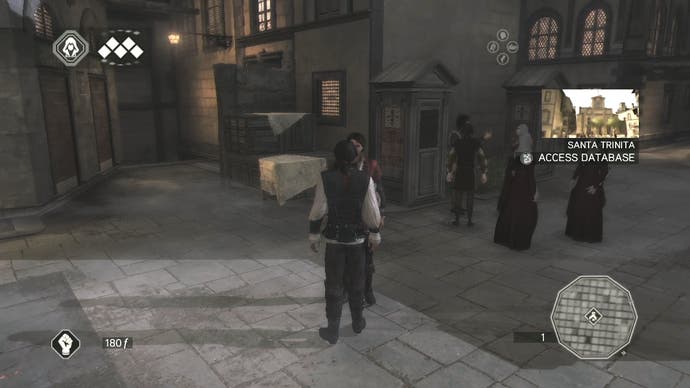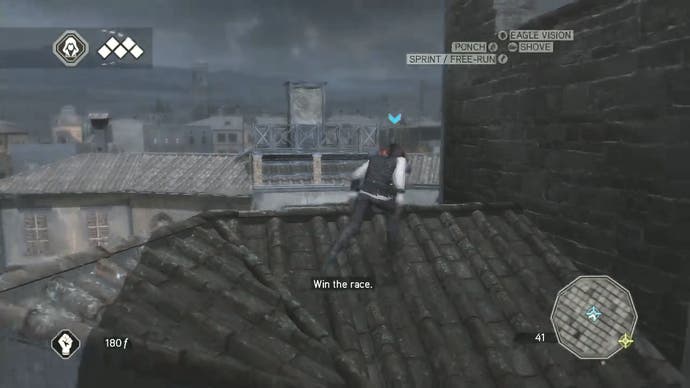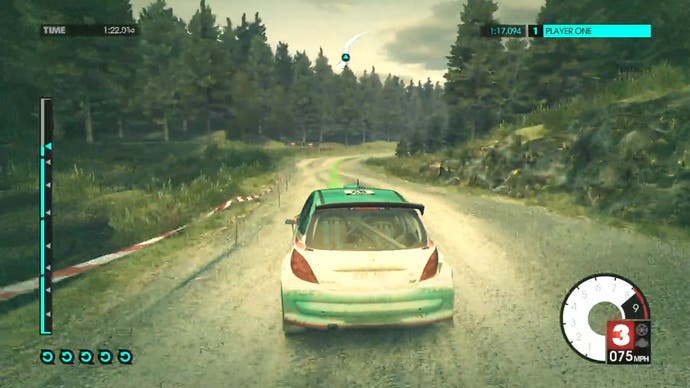Digital Foundry vs. OnLive UK
So then: can it possibly work?
The Infrastructure Challenge
In putting together this feature we followed a pattern of giving OnLive the benefit of the doubt by providing a testing platform that favours the system as much as we could manage - we used a 50mbps fibre-optic connection in order to ensure that the bandwidth was there, we didn't use Wi-Fi, and we limited usage of that gargantuan connection to OnLive only. We even limited usage of the system mostly to the morning up to early/mid afternoon to ensure that the broadband infrastructure was operating at something approaching its best - though, as the latency tests indicated, we still had issues even then. This presents very real issues for the more casual user.
Firstly, broadband internet is a utility, and a typical household will use that utility for many different tasks, often at the same time. In the Eurogamer review, Dan Whitehead talks about the fact that sending a single email could grind OnLive to a halt, while at the same time in other situations he could run BBC iPlayer and OnLive simultaneously and everything would seemingly work fine. The notion that the OnLive experience varies so dramatically presents very real issues to the kind of casual gamer that the company seeks to attract. Even on our 50mbps fibre connection, setting off an FTP upload while OnLive was active caused the system to seize up with network problem warnings appearing on-screen.
To get some idea of how the service would be used by a more casual user, we tried out OnLive on a Dell laptop attached via Wi-Fi to a bog-standard 8mbps TalkTalk ADSL connection. We tried this early in the morning, presumably when network load is still far from peak capacity and graphics quality was inconsistent and jumpy and latency was pretty horrible. It was not a good place to be. The iPad OnLive viewer simply wouldn't start at all.
At its best we did manage to match the quality of the 50mbps line when switching to a wired line, but the consistency just wasn't there without it. OnLive specifically warns about quality issues when using Wi-Fi, which is fair enough, but the fact is that wireless internet is now the standard - if the service can't support it properly and consistently, it is not going to endear it to the kind of gamer best suited to the service.




All of which ignores the elephant in the room: what's currently going on in the evenings. Firstly, it seems that the service is more popular than OnLive anticipated, and in the here and now at least players can be locked out owing to the lack of servers to connect to. For the typical user just checking it out, this doesn't leave a particularly good first impression, but it's perhaps understandable. However, if you have paid for a game, or are paying for the subscription service, the notion of being locked out of it is borderline intolerable.
Right from the very beginning, there have been concerns about the OnLive infrastructure and whether it has the capacity to sustain something like a big launch or the arrival of a really big AAA game. For it to fail with server availability at launch may well be understandable due to the huge amount of interest in the service, but you can see the same thing happening at the launch of any truly major game. The solution is clear: more servers.
However, this doesn't address the other major failing we have with evening usage. Even if you can connect, depending on your ISP, the quality of service is nothing like as good as it is in the mornings, going from playable to complete standstill at any given point depending on your connection, suggesting that OnLive has come up against another problem we were dreading: the inherent craptitude of the UK broadband infrastructure.
Quite what OnLive can do about this, and where the bottleneck actually is, remains something of a puzzle. According to info from OnLive PR, server operations are based in Luxembourg - a site presumably chosen as a European focal point, able to service as many customers as possible within the 1000-mile radius the company reckons assures a good service. However, for whatever reason, at peak times, the connection to the server is clearly compromised.
During our meeting with Steve Perlman, a map of OnLive infrastructure suggested that there was a server in the UK, and we're currently waiting on word from the firm on what its infrastructure plans are. For what it's worth, we did IP traces from the PC client using Wireshark to see where the traffic goes, but it seems that all OnLive IPs resolve to its Palo Alto, California lair - so no help there.
Clearly, to succeed, OnLive requires a stable platform that works all the time. Our experience right now is that it's failing to achieve this, and radically needs to improve.








